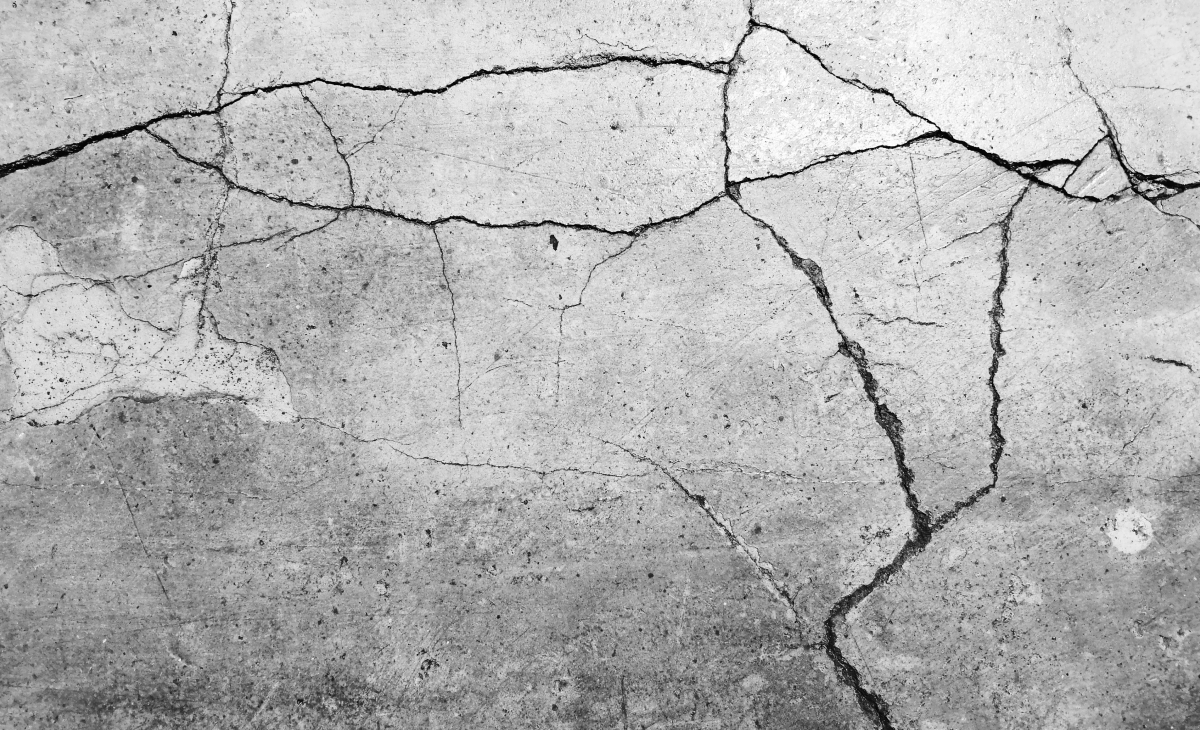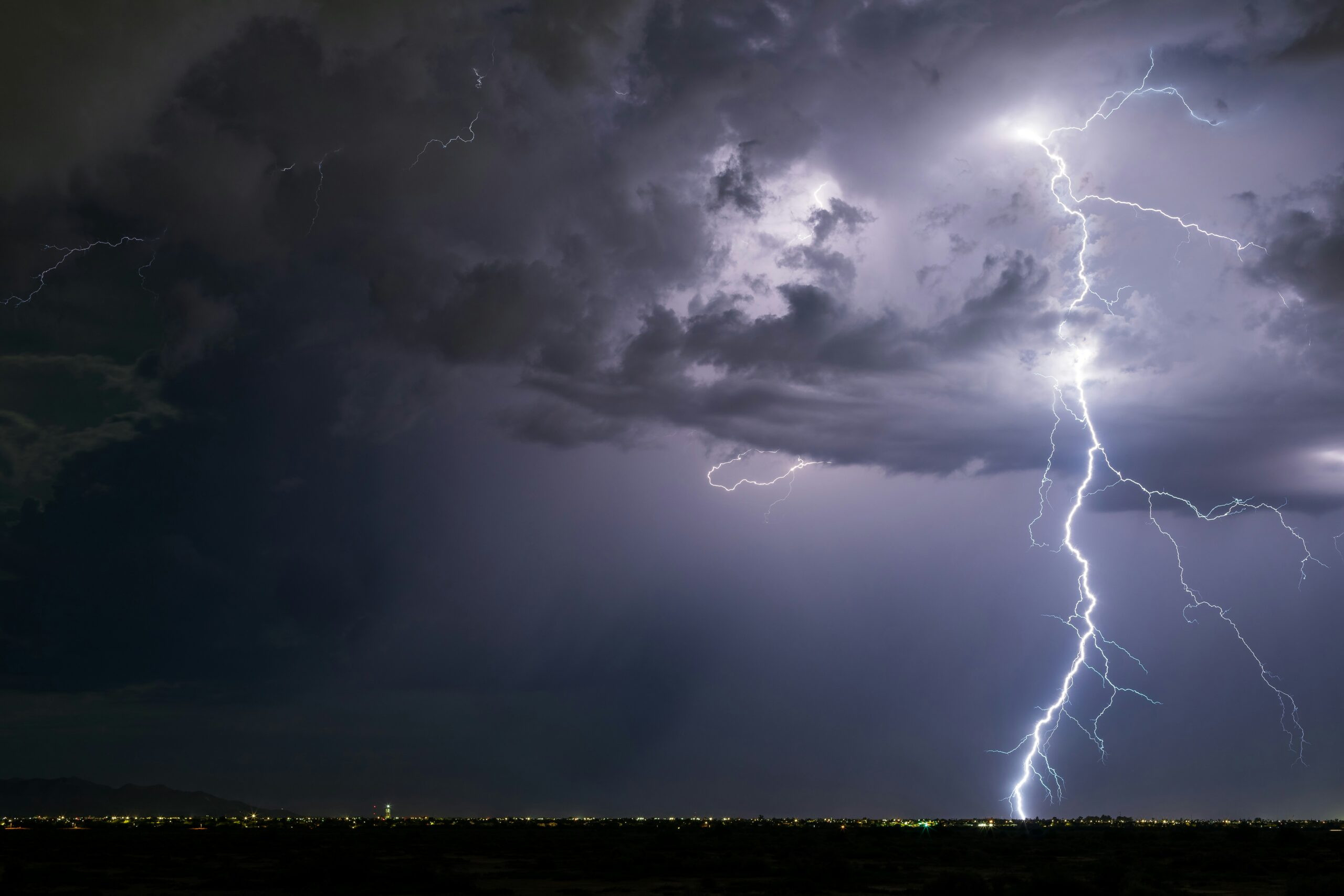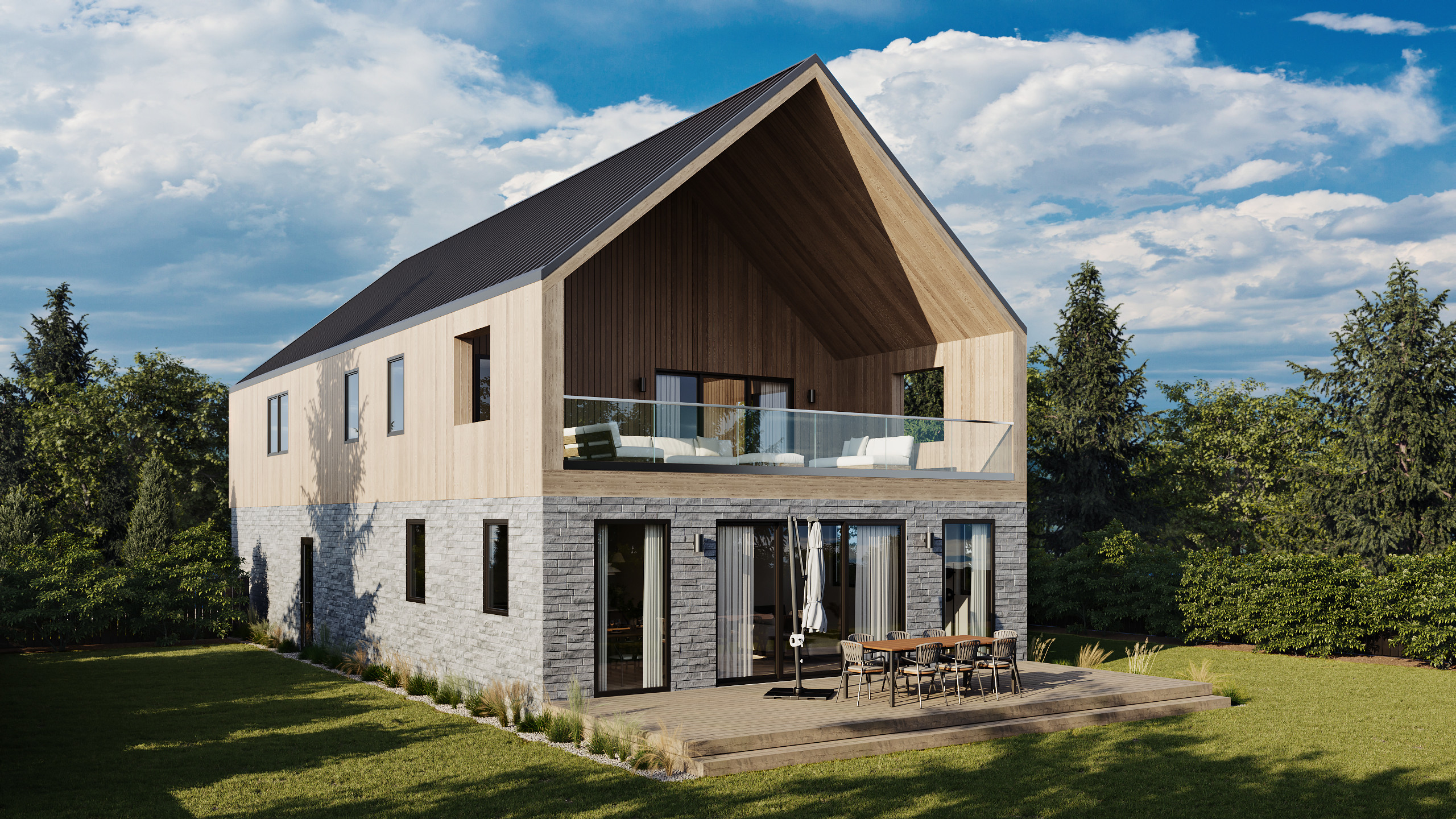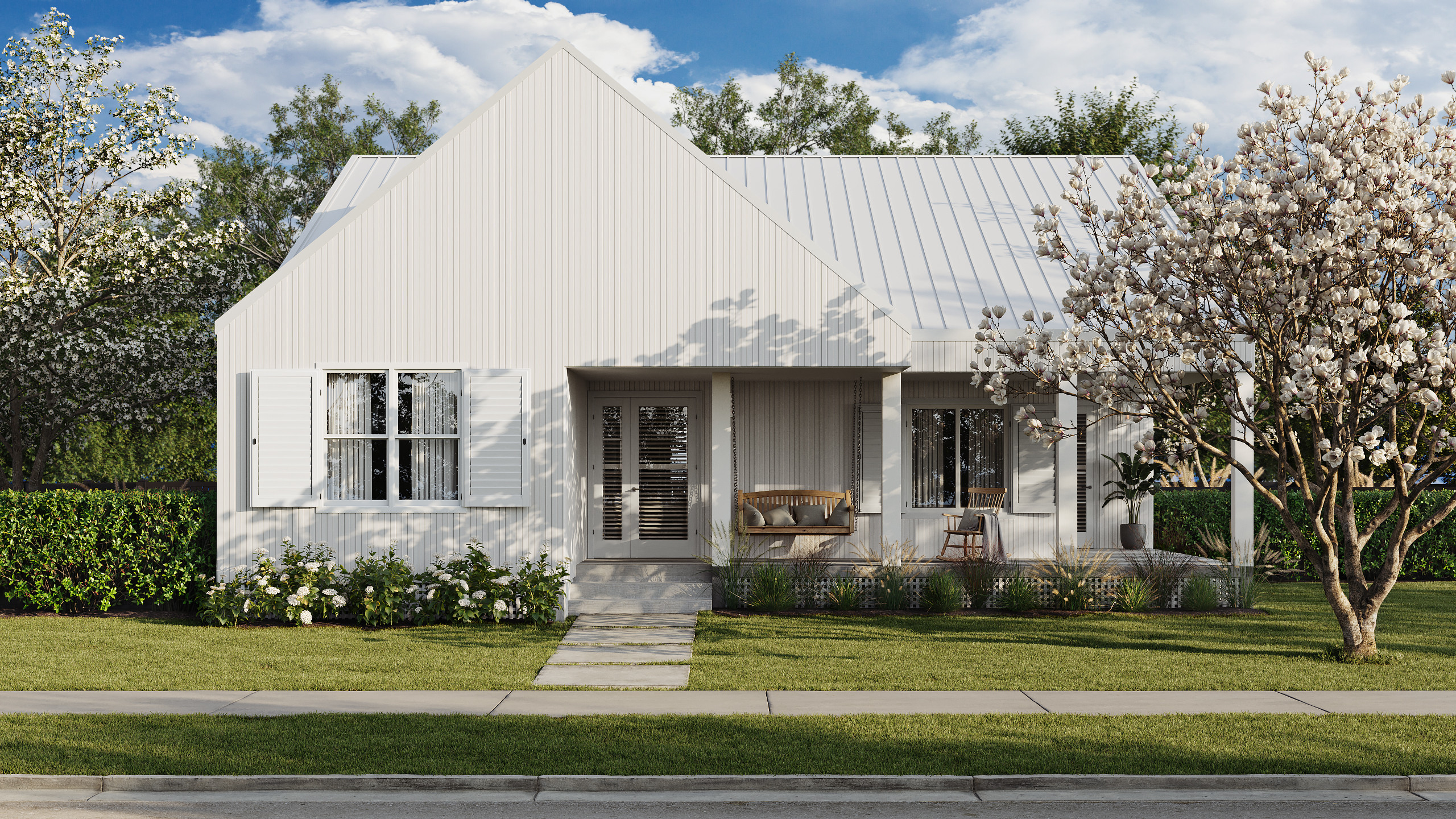Crack, Slide, Break, Leach: The Problems with Concrete Slab Foundations

Concrete slab is the most common type of foundation in the nation’s residential housing for some pretty good reasons.
It’s relatively cheap, easy to install and maintain, and resists unwanted guests like termites. (In-laws require other counter-measures).
But those perks come with quite a few risks, so it’s good to get the facts straight when trying to choose the kind of foundation that will support your future dinner parties, man caves, and Nintendo Wii dance-offs.
Here are six problems with concrete foundations.
1. Concrete foundations are susceptible to heavy weather
Concrete slabs can be hard to install in certain regions, like those with colder climates where the ground freezes and can crack the foundation.
Concrete is one of the trickiest substances to work with due to how quickly it can change when exposed to different types of weather.
According to the American Concrete Institute, conditions like high ambient temperature, high concrete temperature, low relative humidity, and high wind speed can impair the quality of freshly mixed or hardened concrete and cause “detrimental results.”
Construction during heavy rain or freezing conditions can also pose challenges and compromise the quality of the foundation.
Under fair weather conditions, concrete can take anywhere from 8 to 48 hours to set properly. While concrete can reach its full strength in as little time as a week, it also takes nearly a month for it to properly cure.
2. Concrete foundations crack
The drying and curing process of concrete can lead to shrinkage, resulting in cracks. Faulty soil prep, shoddy construction skills, earthquakes, frozen ground, and even the occasional wandering tree root can be formidable foes of concrete foundations.
Cracks can compromise the structural integrity of the foundation and open doors to moisture, those previously mentioned termites, and some pretty hefty repair bills.
3. Concrete foundations slide
There’s plenty of instability in the world, even at ground level. Expansive soils or high clay content can expand or contract with changes in moisture levels, putting pressure on the concrete slab foundation and causing it to shift or slide.
This can all lead to uneven floors, badly aligned doors and windows, and cracks in the walls. Concrete slab foundations call for expert skills in soil testing and prep work—not to mention competent drainage systems—to minimize risks and maintain stability.
4. Concrete foundations don’t like moisture
Ground moisture can penetrate concrete slab foundations and promote the growth of mold and mildew, compromise indoor air quality, and potentially cause health problems for the residents who’ll call your house their home.
Moisture can also damage your flooring materials, bulk food supplies, and those boxes of holiday decorations over in the corner. Builders need good waterproofing measures, including proper sealing and the installation of vapor barriers, to ward off all this wet stuff.
5. Concrete foundations can create repair nightmares
Unlike foundations with accessible crawl spaces or basements, concrete slabs can be a headache when repairs or alterations are needed to plumbing, electrical, or HVAC systems.
Detecting and resolving issues like leaks or faulty wiring gets troublesome due to the lack of visibility when systems are encased. Contractors often must cut through the concrete to reach the utilities, which can be time-consuming, costly, and disruptive to you and your neighbors.
6. Concrete foundations emit carbon-dioxide and other toxins
The production of cement, a key component of concrete, releases a big dose of carbon dioxide, adding to greenhouse gas emissions and climate change. In fact, cement manufacturing accounts for at least 8% of the world’s carbon emissions.
Some additives or admixtures used in concrete mixes can also contain toxic substances that leach or release harmful chemicals into the surrounding environment. All of which require the safe disposal of hazardous materials during construction.
Building on other foundations
You do have options.
For example, some concrete manufacturers are pioneering new forms of concrete that can capture carbon.
Or, you could completely let go of concrete. Our steel Surefoot foundation is a next-generation screw pile footings system.
We’re quite proud that it won an Edison Award in the category of Energy & Sustainability.
Cheers,
Mike
Mike McAllister is head of story for Momo Homes.
Track the global transition to sustainable homebuilding.
Subscribe to the Momo Focus newsletter.






